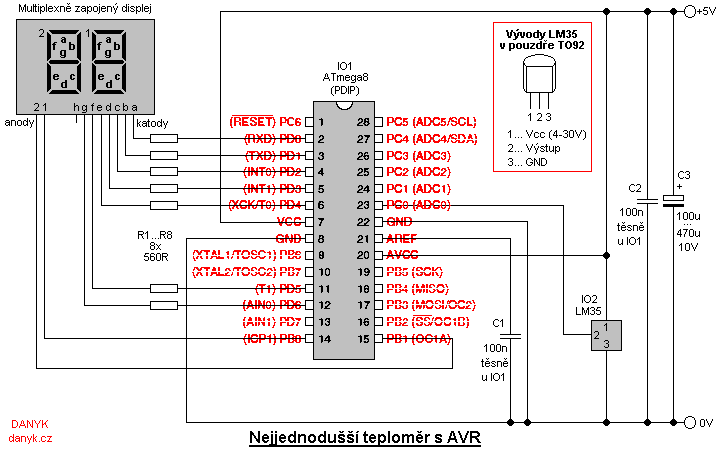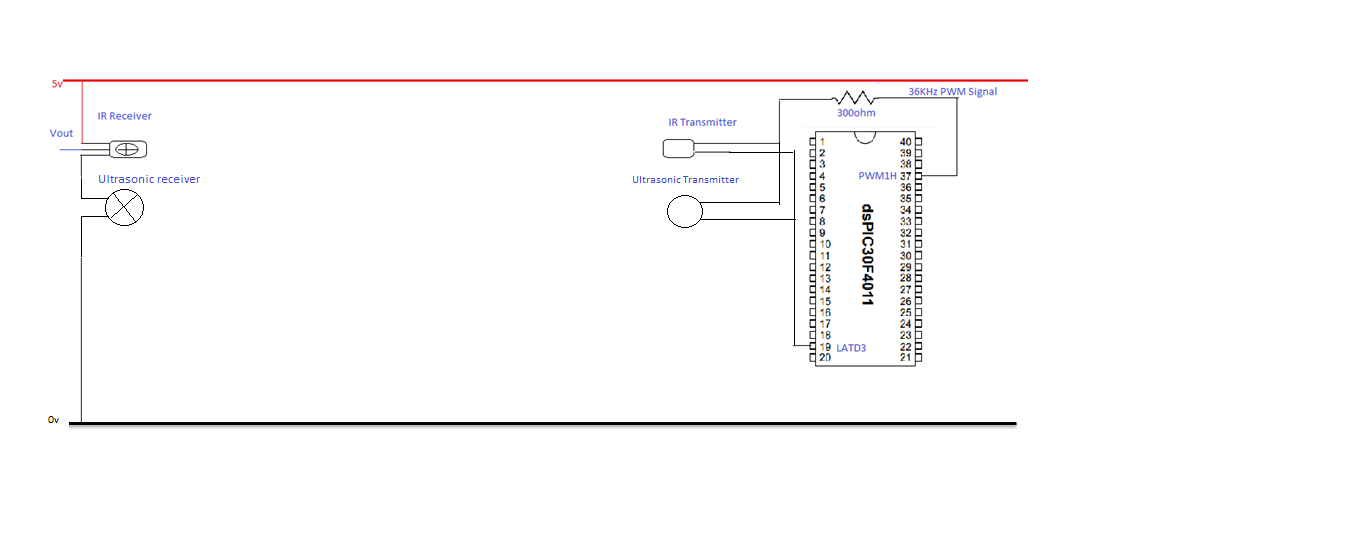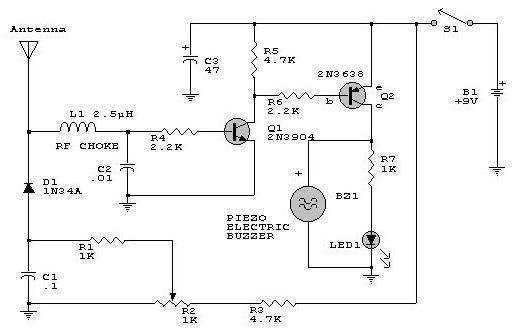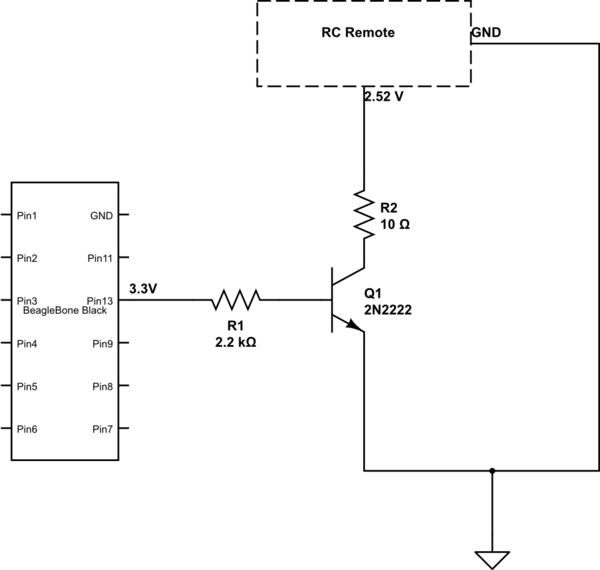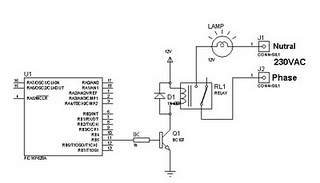
avr microcontroller project
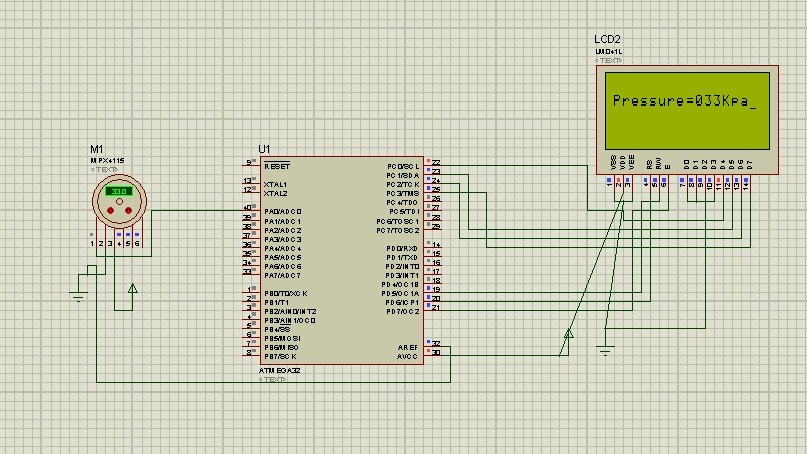
H-Bridge circuit utilizing transistors for the bidirectional control of a DC motor. Integrated circuits (ICs) containing H-Bridges are employed to simplify the drive circuit. The L293D is a dual H-Bridge motor driver, allowing for the control of two DC motors in both clockwise and counterclockwise directions. For motors with a fixed direction of motion, all four input/output (I/O) pins can be utilized to connect up to four DC motors. The L293D can deliver an output current of 600 mA and a peak output current of 1.2 A per channel. Additionally, the IC includes output diodes to protect the circuit from back electromotive force (EMF). The output supply voltage (VCC2) ranges from 4.5 V to 36 V, making the L293D an optimal choice for DC motor driving applications. In the circuit configuration, three pins are required to interface with a DC motor (A, B, Enable). To enable the output entirely, the Enable pin can be connected to VCC, requiring only two pins from the controller to operate the motor. A pressure sensor detects pressure and transmits a correspondingly scaled voltage to a microcontroller, which converts the signal into digital data. The ATMEGA32 microcontroller and the MPX4115 pressure sensor are employed for this purpose. The MPX4115 pressure sensor integrates on-chip bipolar operational amplifier circuitry and thin-film resistor networks to provide a high-level analog output signal with temperature compensation. Further details can be found in the MPX4115 documentation. The ATMEGA32 features a built-in analog-to-digital converter (ADC) module, which requires initialization. For information on ADC initialization and channel selection, refer to the ATMEGA32 datasheet.
The H-Bridge circuit is essential for controlling the direction and speed of DC motors, which are widely used in various applications such as robotics, automation, and automotive systems. The L293D IC, as a dual H-Bridge driver, simplifies the design by integrating multiple components into a single package, thus reducing the complexity of the circuit. This IC can control two motors independently, allowing for versatile configurations in applications requiring multiple motors.
The operating current specifications of the L293D indicate its capability to handle moderate loads, making it suitable for small to medium-sized DC motors. The inclusion of output diodes for back EMF protection is crucial, as it safeguards the circuit from voltage spikes that can occur when the motor is switched off or changes direction. This feature enhances the reliability and longevity of the motor driver circuit.
In the described application, the ATMEGA32 microcontroller plays a pivotal role in processing the signals received from the MPX4115 pressure sensor. The pressure sensor's capability to provide a high-level analog output, coupled with the microcontroller's ADC, allows for precise digital representation of pressure readings. The ADC module within the ATMEGA32 must be properly initialized to ensure accurate conversions from analog to digital signals, facilitating effective monitoring and control in the system.
This combination of components—the L293D motor driver, ATMEGA32 microcontroller, and MPX4115 pressure sensor—forms a robust platform for developing advanced control systems that require real-time feedback and motor actuation, making it suitable for applications ranging from industrial automation to consumer electronics.H-Bridge Circuit using transistors for bidirectional driving of DC motor. H-Bridges in IC`s to reduce the drive circuit complexity. L293D is a dual H-Bridge motor driver, So with one IC we can interface two DC motors which can be controlled in both clockwise and counter clockwise direction and if you have motor with fix direction of motion the you can make use of all the four I/Os to connect up to four DC motors. L293D has output current of 600mA and peak output current of 1. 2A per channel. Moreover for protection of circuit from back EMF ouput diodes are included within the IC. The output supply (VCC2) has a wide range from 4. 5V to 36V, which has made L293D a best choice for DC motor driver. As you can see in the circuit, three pins are needed for interfacing a DC motor (A, B, Enable). If you want the o/p to be enabled completely then you can connect Enable to VCC and only 2 pins needed from controller to make the motor work. Here, I try to explain is that a pressure sensor detects the pressure and passes an accordingly scaled voltage to microcontroller which converts it into digital data.
For this, i have used ATMEGA32 and MPX4115 pressure sensor. MPX4115 pressure sensor integrates on-chip, bipolar op amp circuitry and thin film resistor networks to provide a high level analog output signal and temperature compensation. More details can be found here MPX4115. The ATMEGA32 has an built-in ADC module. ADC module needs to be initialized. To know details about ADC initialization and ADC channel selection, see ATMEGA32 Data sheet. 🔗 External reference
The H-Bridge circuit is essential for controlling the direction and speed of DC motors, which are widely used in various applications such as robotics, automation, and automotive systems. The L293D IC, as a dual H-Bridge driver, simplifies the design by integrating multiple components into a single package, thus reducing the complexity of the circuit. This IC can control two motors independently, allowing for versatile configurations in applications requiring multiple motors.
The operating current specifications of the L293D indicate its capability to handle moderate loads, making it suitable for small to medium-sized DC motors. The inclusion of output diodes for back EMF protection is crucial, as it safeguards the circuit from voltage spikes that can occur when the motor is switched off or changes direction. This feature enhances the reliability and longevity of the motor driver circuit.
In the described application, the ATMEGA32 microcontroller plays a pivotal role in processing the signals received from the MPX4115 pressure sensor. The pressure sensor's capability to provide a high-level analog output, coupled with the microcontroller's ADC, allows for precise digital representation of pressure readings. The ADC module within the ATMEGA32 must be properly initialized to ensure accurate conversions from analog to digital signals, facilitating effective monitoring and control in the system.
This combination of components—the L293D motor driver, ATMEGA32 microcontroller, and MPX4115 pressure sensor—forms a robust platform for developing advanced control systems that require real-time feedback and motor actuation, making it suitable for applications ranging from industrial automation to consumer electronics.H-Bridge Circuit using transistors for bidirectional driving of DC motor. H-Bridges in IC`s to reduce the drive circuit complexity. L293D is a dual H-Bridge motor driver, So with one IC we can interface two DC motors which can be controlled in both clockwise and counter clockwise direction and if you have motor with fix direction of motion the you can make use of all the four I/Os to connect up to four DC motors. L293D has output current of 600mA and peak output current of 1. 2A per channel. Moreover for protection of circuit from back EMF ouput diodes are included within the IC. The output supply (VCC2) has a wide range from 4. 5V to 36V, which has made L293D a best choice for DC motor driver. As you can see in the circuit, three pins are needed for interfacing a DC motor (A, B, Enable). If you want the o/p to be enabled completely then you can connect Enable to VCC and only 2 pins needed from controller to make the motor work. Here, I try to explain is that a pressure sensor detects the pressure and passes an accordingly scaled voltage to microcontroller which converts it into digital data.
For this, i have used ATMEGA32 and MPX4115 pressure sensor. MPX4115 pressure sensor integrates on-chip, bipolar op amp circuitry and thin film resistor networks to provide a high level analog output signal and temperature compensation. More details can be found here MPX4115. The ATMEGA32 has an built-in ADC module. ADC module needs to be initialized. To know details about ADC initialization and ADC channel selection, see ATMEGA32 Data sheet. 🔗 External reference

